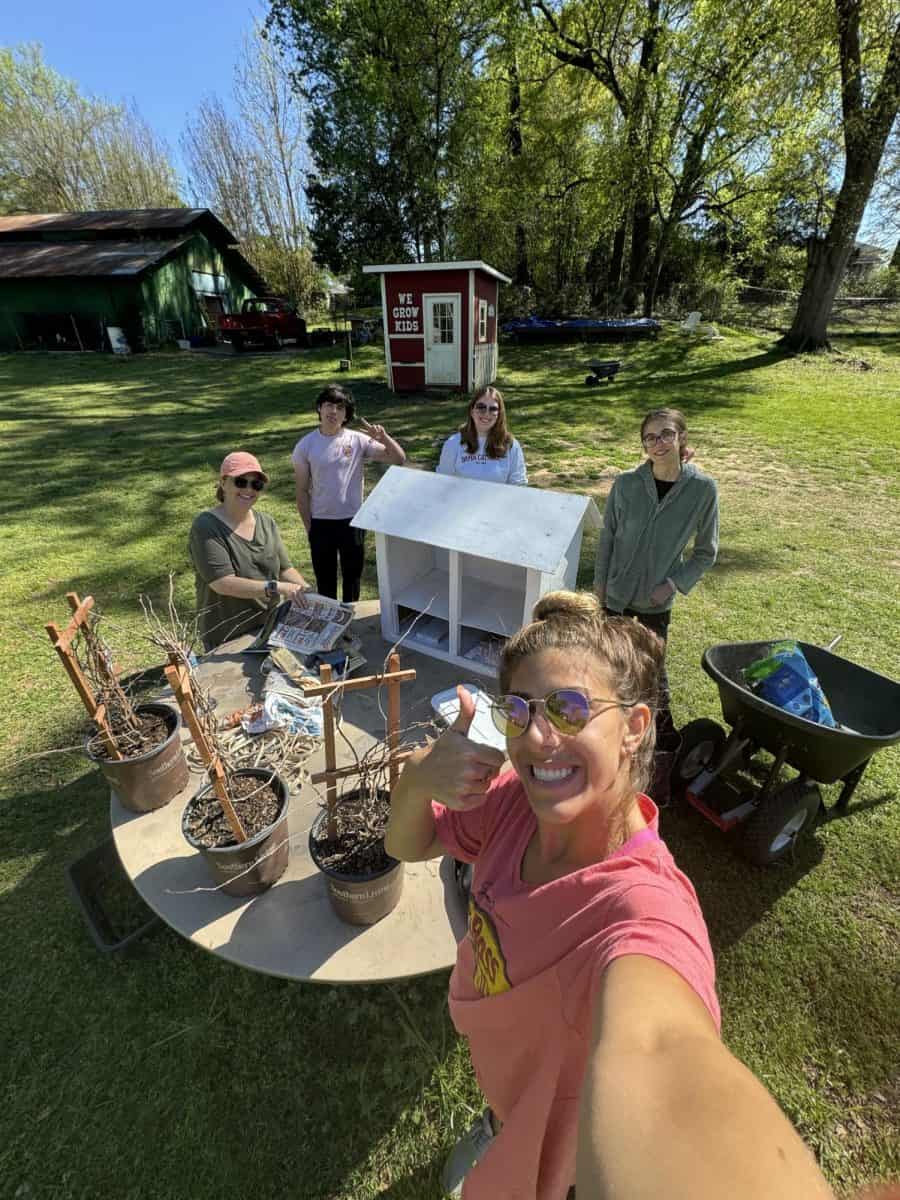“People are always asking me why they don’t make Westerns like they used to.” – Roy Rogers
I find myself asking this very question about film for the past decade or so. For a while, the last great Western was “Unforgiven.”
“Tombstone” and “Wyatt Earp” are very good films that tried to correct this, but they just do not have the staying power of Eastwood’s masterpiece.
Thankfully, though, the second half of this past decade saw a resurgence of Westerns that are probably some of the best since the early 90s. The year 2007 was especially kind in this regard.
That year saw the release of three Westerns that have to be considered amongst this resurgence, mostly because they offer a breath of fresh air and some spark of originality.
The three from 2007 that I am referring to are “The Assassination of Jesse James by the Coward Robert Ford,” “Seraphim Falls” and “3:10 to Yuma.”
These films have three distinct strengths: They have unique visual styles. They have stories that are not only fresh in terms of cinema as a whole but also in their Western genre. (Yes, I took into account that “3:10 to Yuma” is a remake.)
These three films also have tremendous casts. The level of acting in Westerns has changed considerably since Sergio Leone’s “Spaghetti Westerns,” and these three films are great illustrations of how it has changed for the better.
Two of the most popular types of Westerns are the Outlaw and the Revisionist Western. “3:10” is an example of the Outlaw Western.
“Seraphim Falls” has the distinction of being what some call a Revisionist Western, in that the romanticism of the Traditional Western is bucked for a darker tone that favors elements of realism. And “Jesse James” is probably a mix of Outlaw and Revisionist.
Another film that exemplifies the positive qualities of this Western resurgence is the Australian-made “The Proposition” (2005). It is another Outlaw/Revisionist mix that stands out for the same reasons as the previous three: a strong cast, a fresh story and a unique visual style.
“The Proposition” is probably edgier, grittier and more intense than the above three, which is saying something considering just how violent and rough they are.
One final film I will mention is 2008’s “Appaloosa.” Because it is based on Robert B. Parker’s novel of the same name, it is a foregone conclusion that whatever weaknesses the film has are not a result of the writing.
The film tells a story that never loosens its grip on the audience. The characters are actually at the heart of the story. The dialogue is fantastic, but most impressive is just how no-frills the story is.
For example, the one shootout in the movie is over before you even have time to process what has happened. Instead of some elaborate, drawn-out sequence, the story paints a picture of how things like that most likely went down.
I was amazed at the power of its brevity, considering the amount of tension that was a part of the set-up. I had never seen anything like that before in any movie, especially a Western.
In my opinion, “Appaloosa” is one of the new great Westerns. The other five are very good films that have also been a part of the recent resurgence of good, fresh Westerns.
The three strengths at the heart of these films should impact the future of the genre, even for such auteurs like the Coen brothers and their upcoming adaptation of “True Grit,” set to premiere this Christmas.
But even more importantly, these three strengths also provide a template for all films. Cinema is getting bogged down with poorly written and unoriginal material. Casting is more about the box office draw than the talent on the screen (although, bringing in audiences is a kind of talent).
So why not consult the Western revival? It seems to have a cure.






